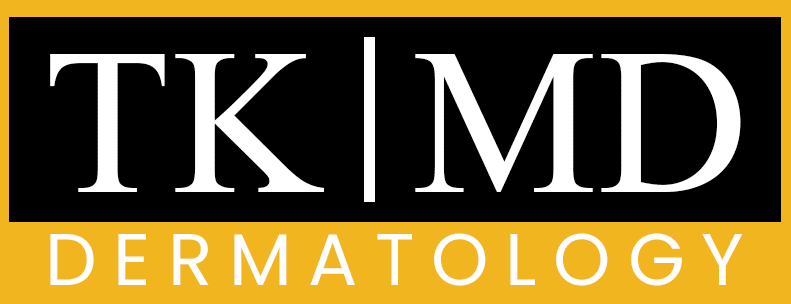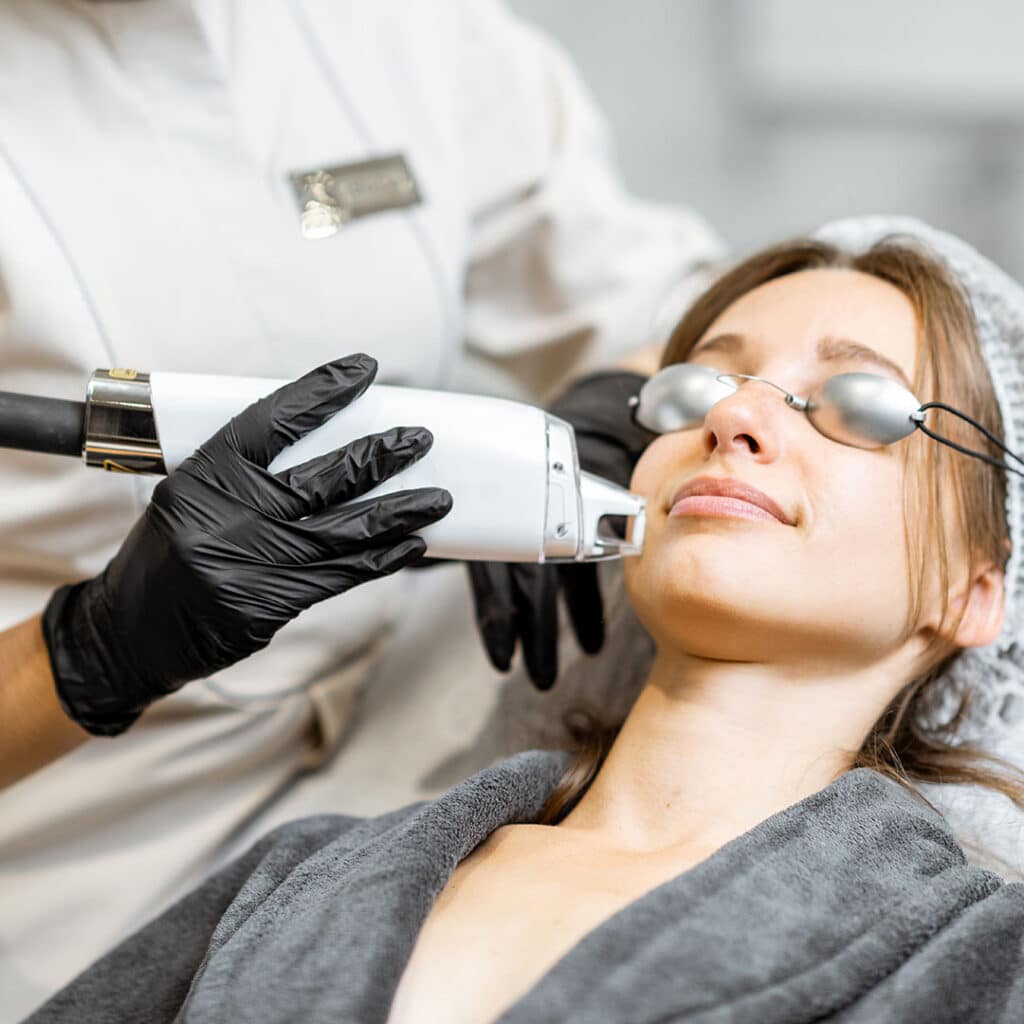Hyperpigmentation is a common skin condition in which patches of skin become darker than the surrounding areas. This occurs due to an overproduction of melanin, the pigment that gives color to the skin, hair, and eyes. Hyperpigmentation can affect people of all skin types and can occur anywhere on the body.
The most common causes of hyperpigmentation include:
- Sun exposure: Exposure to UV rays from the sun can stimulate the production of melanin in the skin, leading to dark spots and patches.
- Hormonal changes: Hormonal changes, such as those that occur during pregnancy, menopause, or while taking certain medications, can cause hyperpigmentation.
- Post-inflammatory hyperpigmentation: This occurs after the skin experiences an injury, such as acne, a cut, or a burn, and can leave behind dark marks.
- Age: As we age, our skin produces less collagen and elastin, which can lead to a loss of firmness and an increase in hyperpigmentation.
- Genetics: Some people are more prone to hyperpigmentation due to genetic factors.
- Skin trauma or inflammation: Skin trauma, such as rashes or eczema, can lead to hyperpigmentation.
It is important to protect your skin from the sun and to practice good skin hygiene to prevent hyperpigmentation. Additionally, there are several treatments available to reduce the appearance of hyperpigmentation, including topical creams and gels, chemical peels, laser treatments, and microdermabrasion. A dermatologist can recommend the best treatment option based on your specific needs and skin type.
Dark spots and hyperpigmentation are common skin concerns that can be caused by several factors, including acne, sun damage, hormonal changes, and aging. Here are some ways to get rid of dark spots and hyperpigmentation:
- Topical treatments: There are several topical treatments that can help to reduce the appearance of dark spots and hyperpigmentation. These treatments often contain active ingredients like hydroquinone, vitamin C, retinoids, kojic acid, or azelaic acid. They work by reducing the production of melanin, which causes dark spots.
- Chemical peels: A chemical peel is a procedure that involves applying a chemical solution to the skin to remove the top layer of dead skin cells. This can help to reduce the appearance of dark spots and hyperpigmentation.
- Laser treatments: Certain types of laser treatments can help to reduce the appearance of dark spots and hyperpigmentation by targeting the melanin in the skin.
- Microdermabrasion: Microdermabrasion is a non-invasive procedure that involves using a device to gently exfoliate the skin. This can help to remove dead skin cells and reduce the appearance of dark spots and hyperpigmentation.
- Sun protection: Protecting your skin from the sun is essential in preventing dark spots and hyperpigmentation. Using sunscreen with a minimum SPF of 30 and wearing protective clothing and hats can help to prevent further damage.
It is important to note that treating dark spots and hyperpigmentation can take time and patience, and it may take several weeks or months to see significant improvements in the skin. Additionally, some treatments may cause side effects, so it is important to discuss the risks and benefits with a healthcare professional before starting any treatment.


